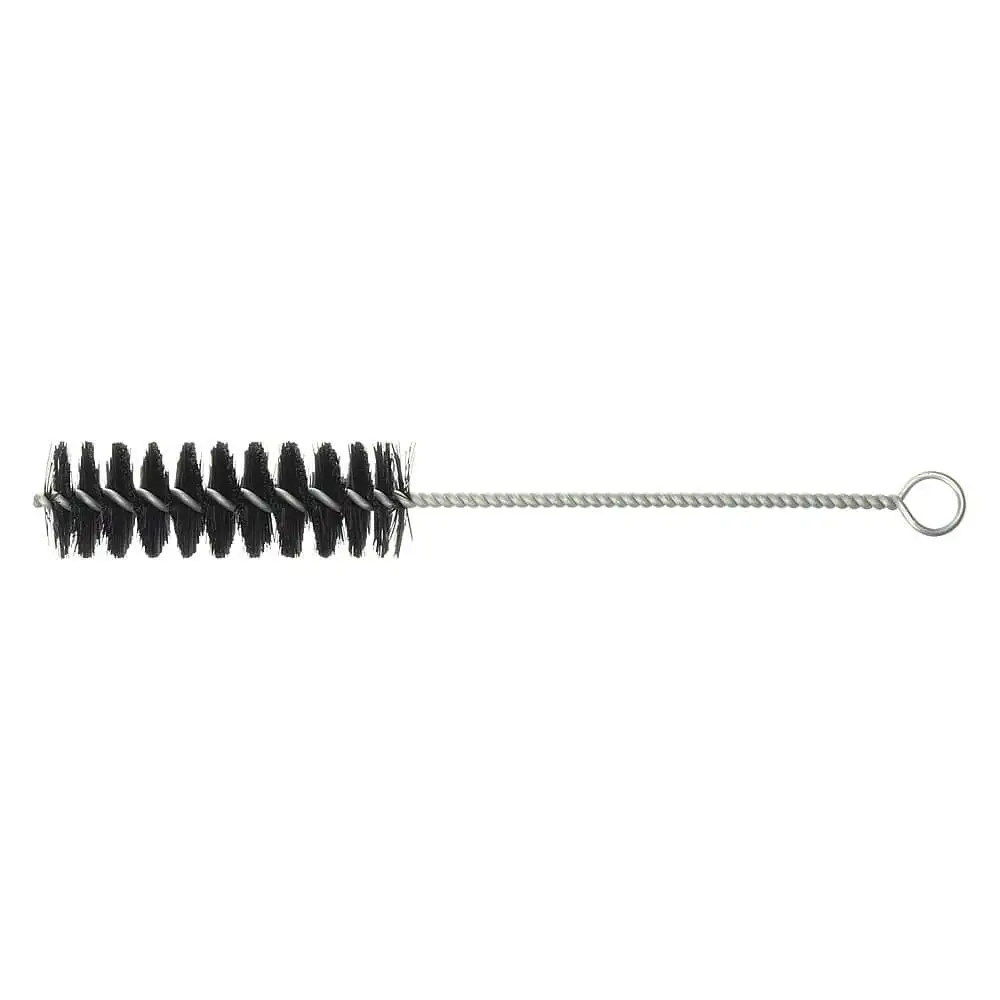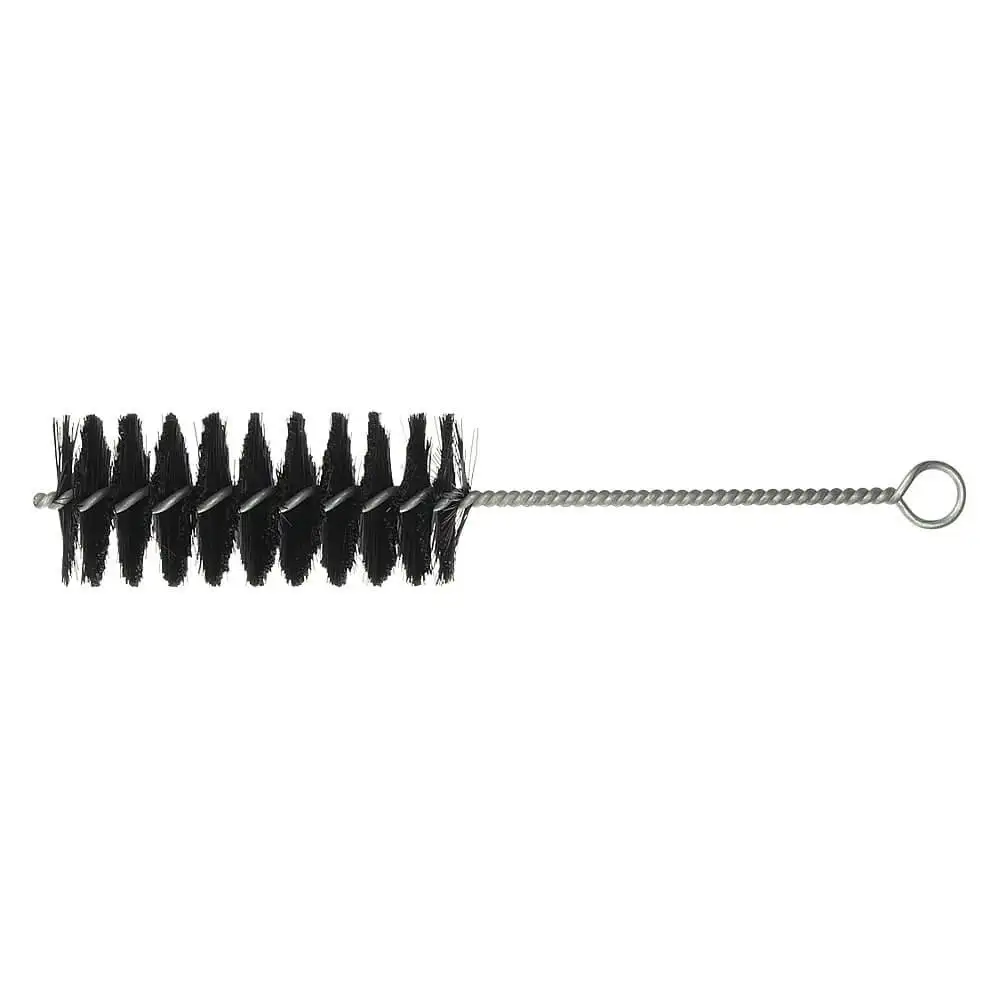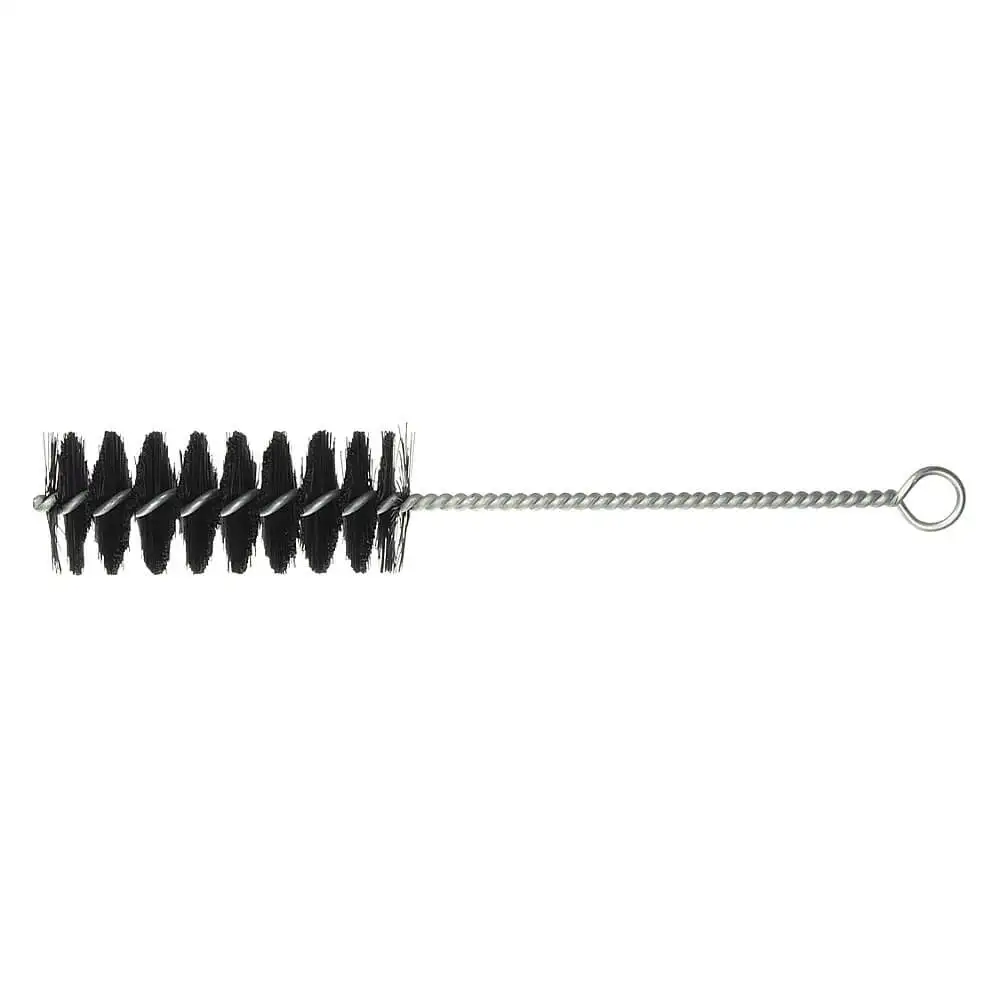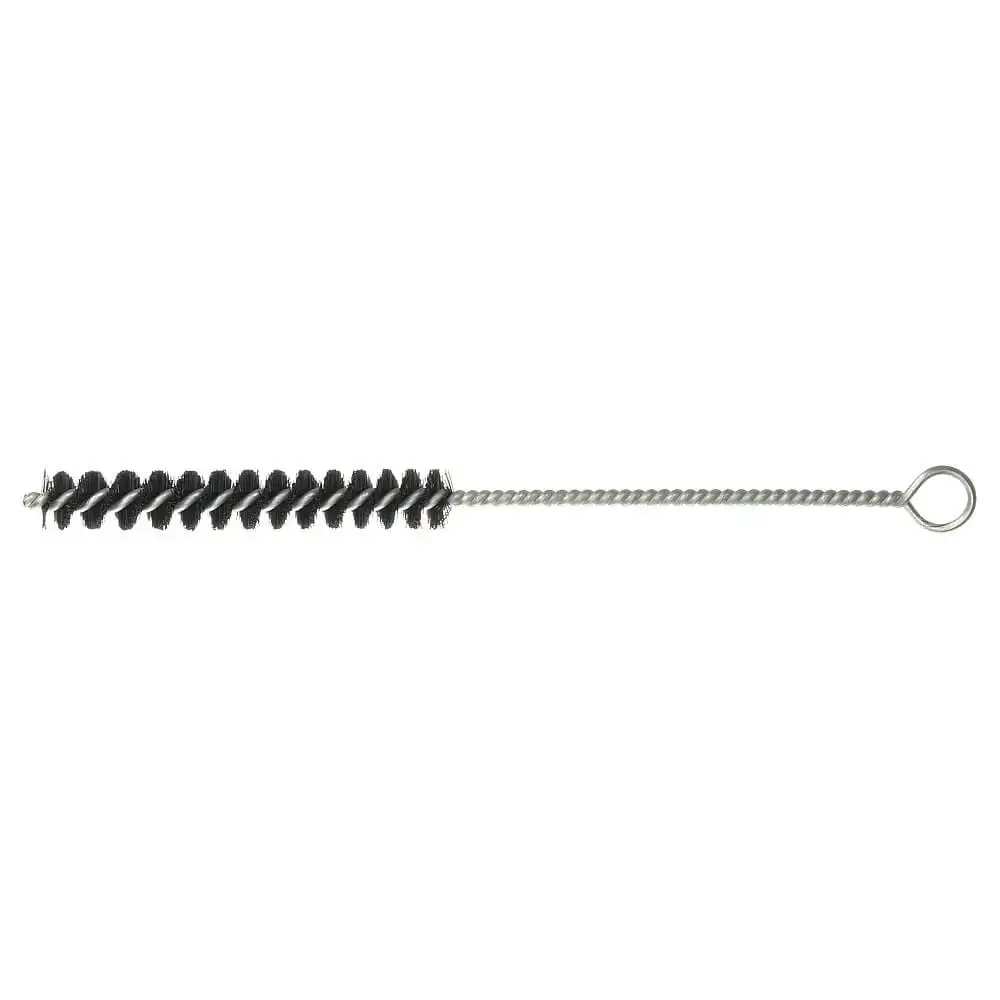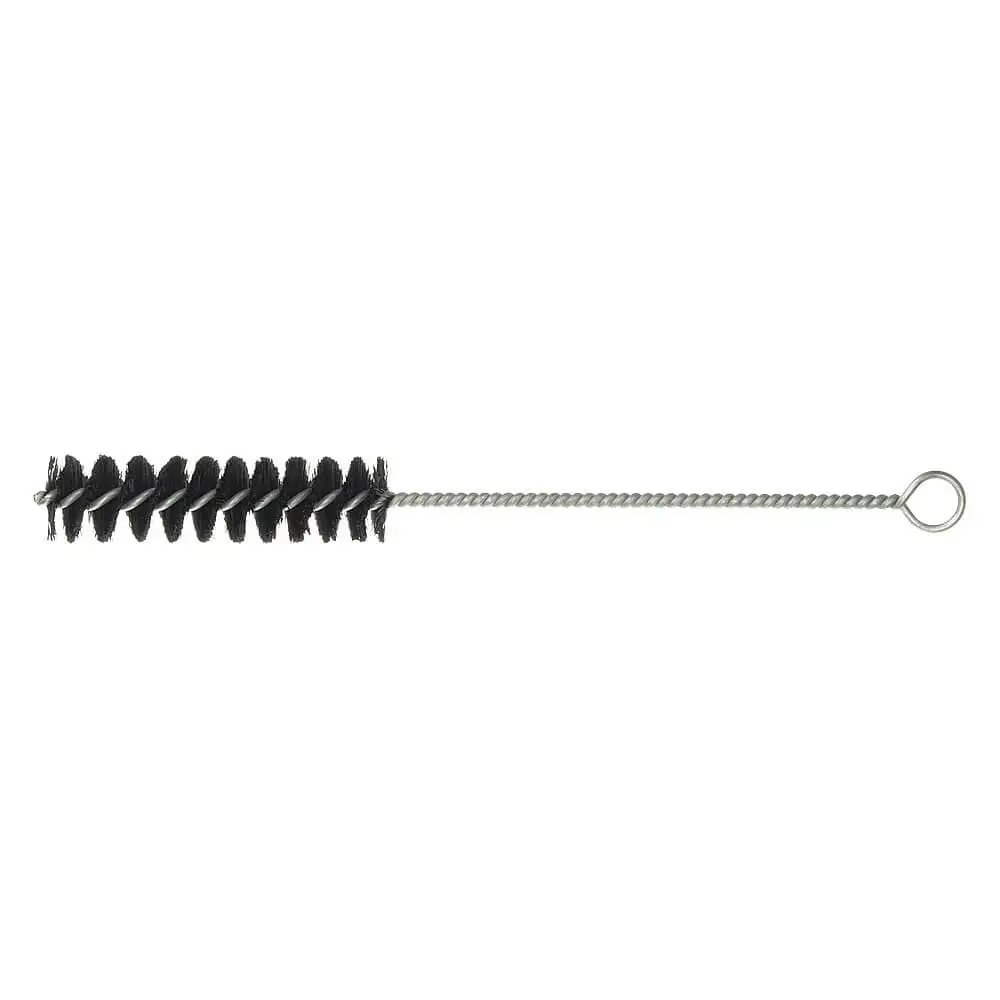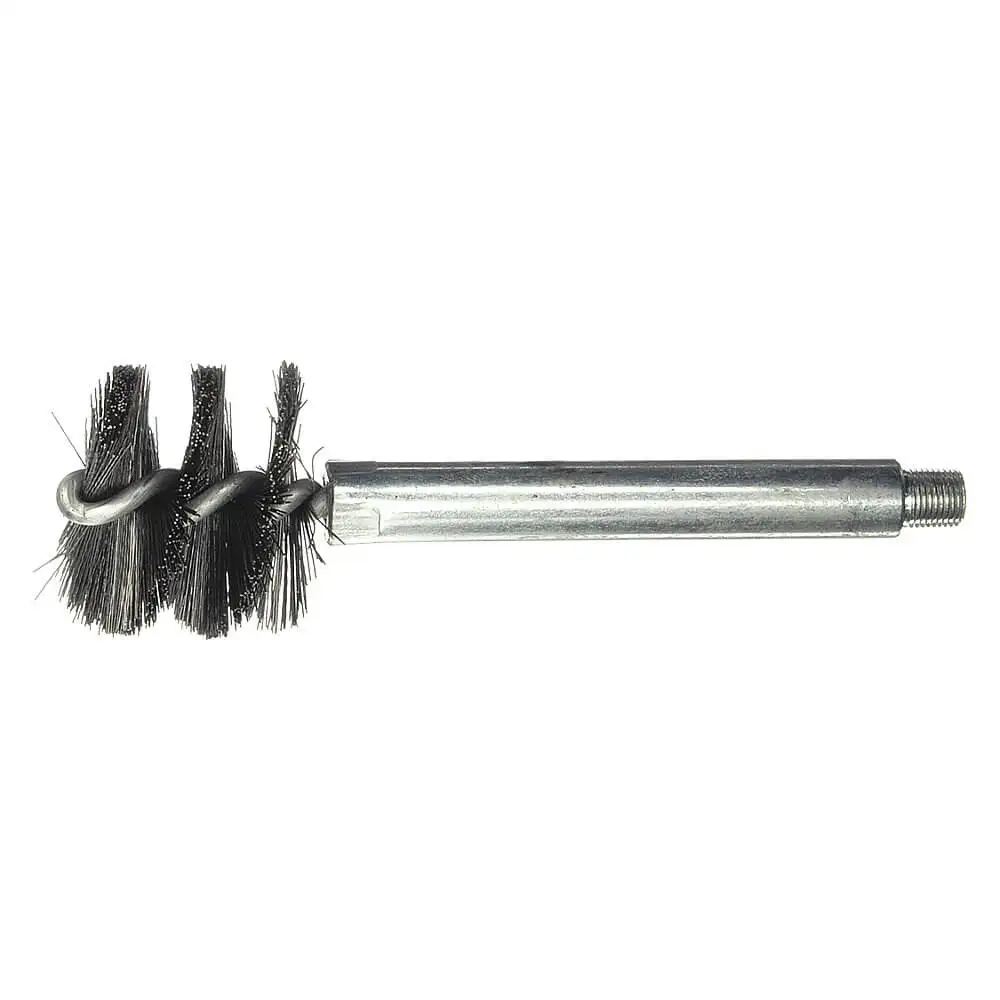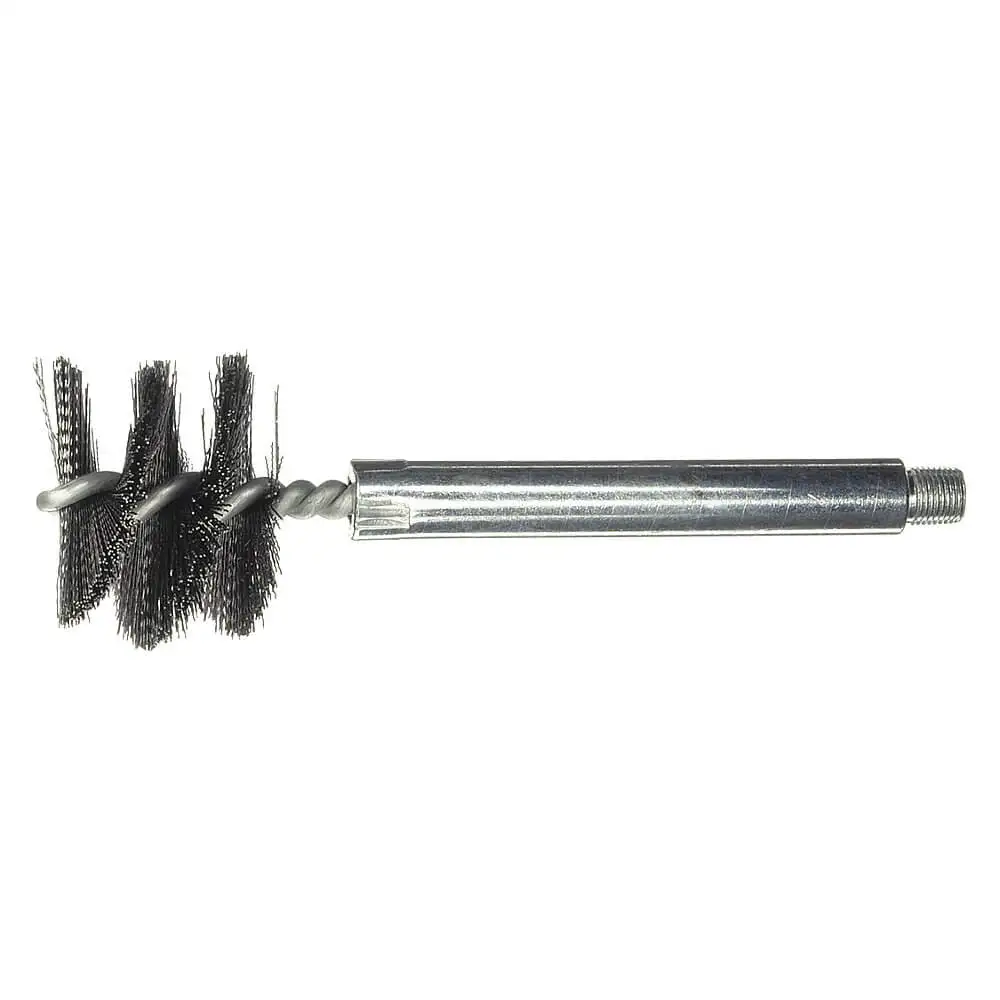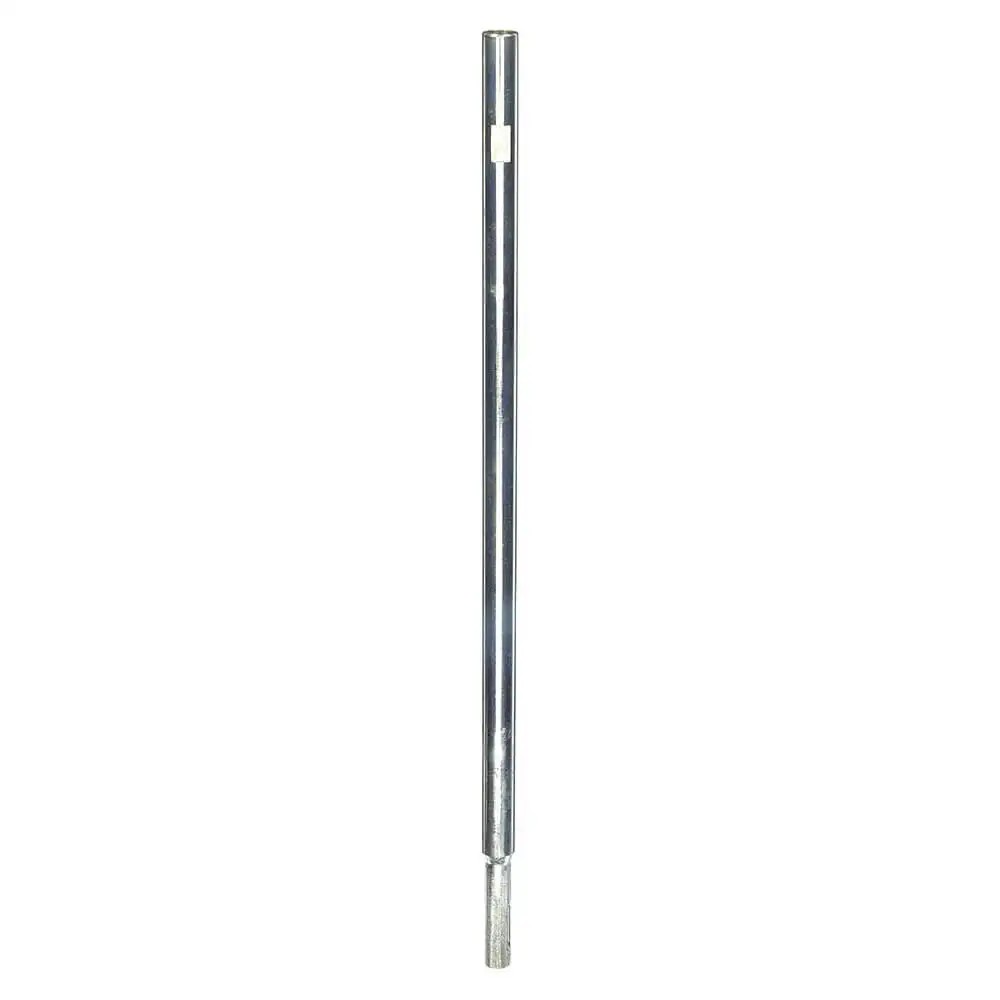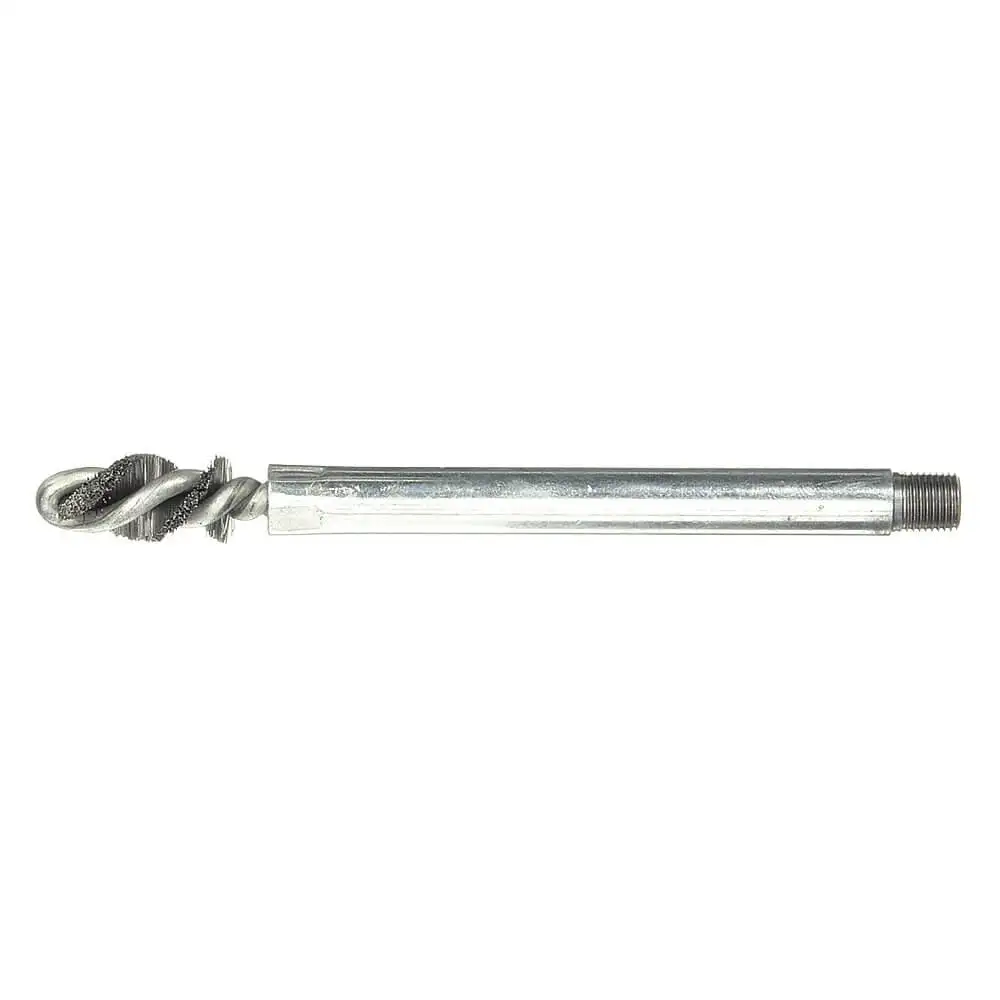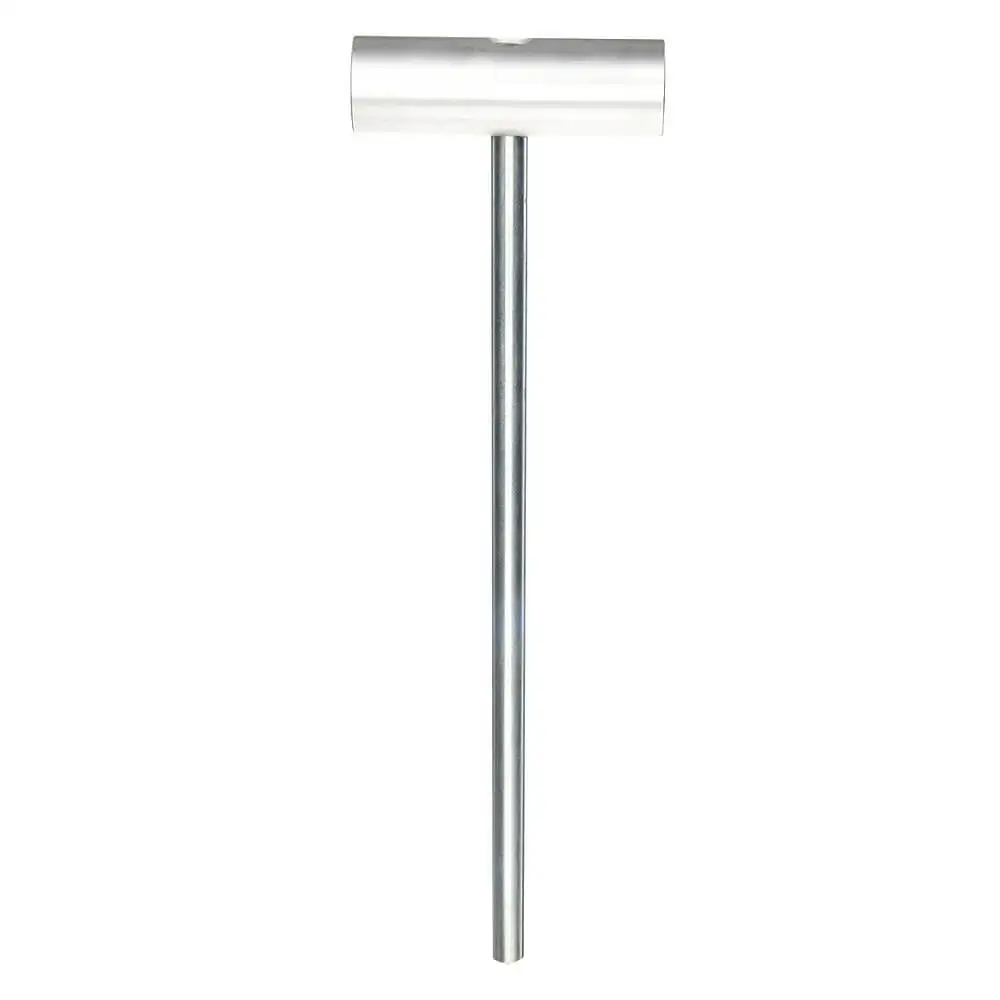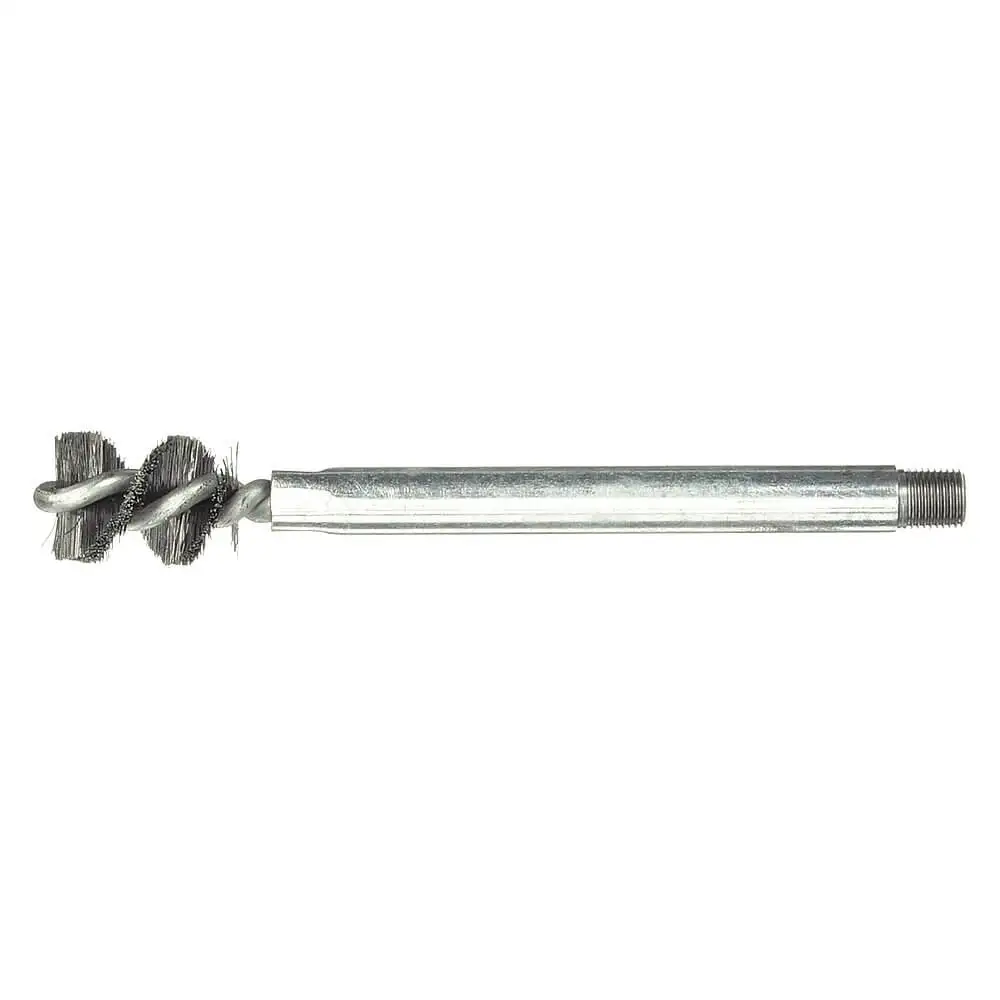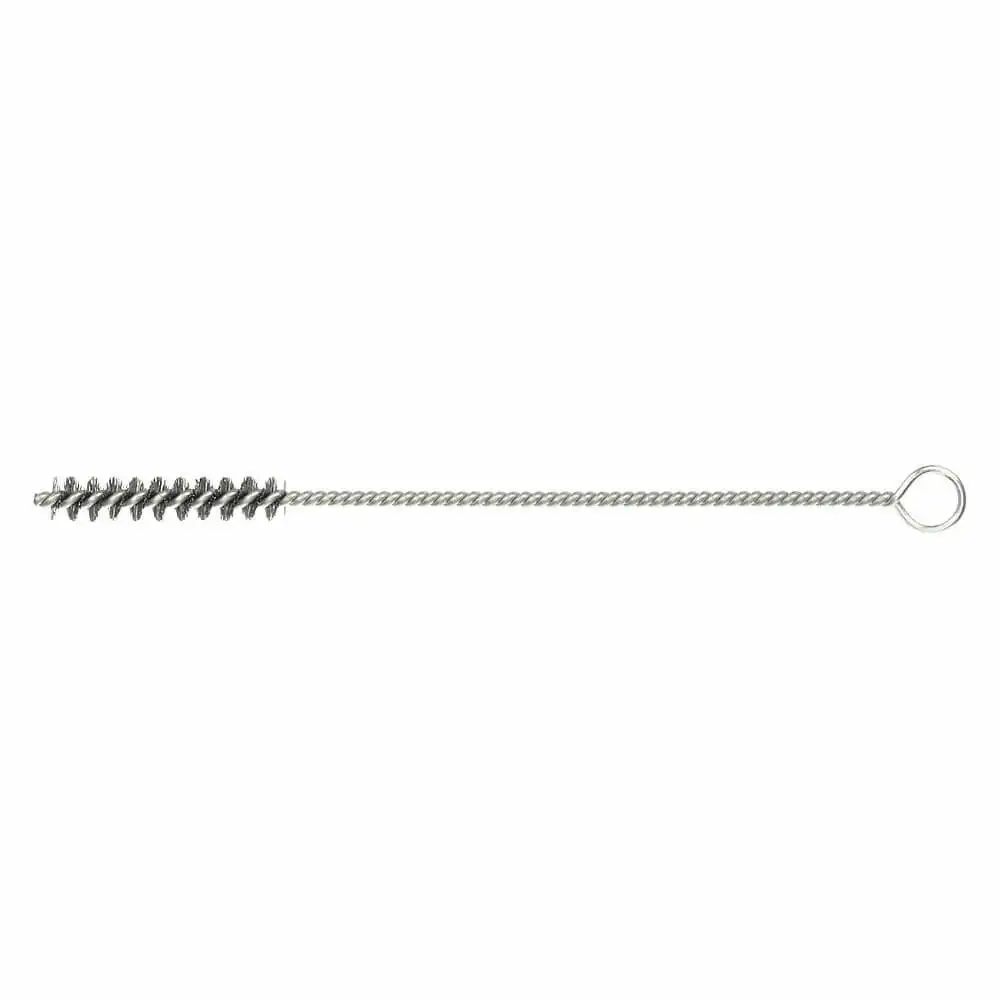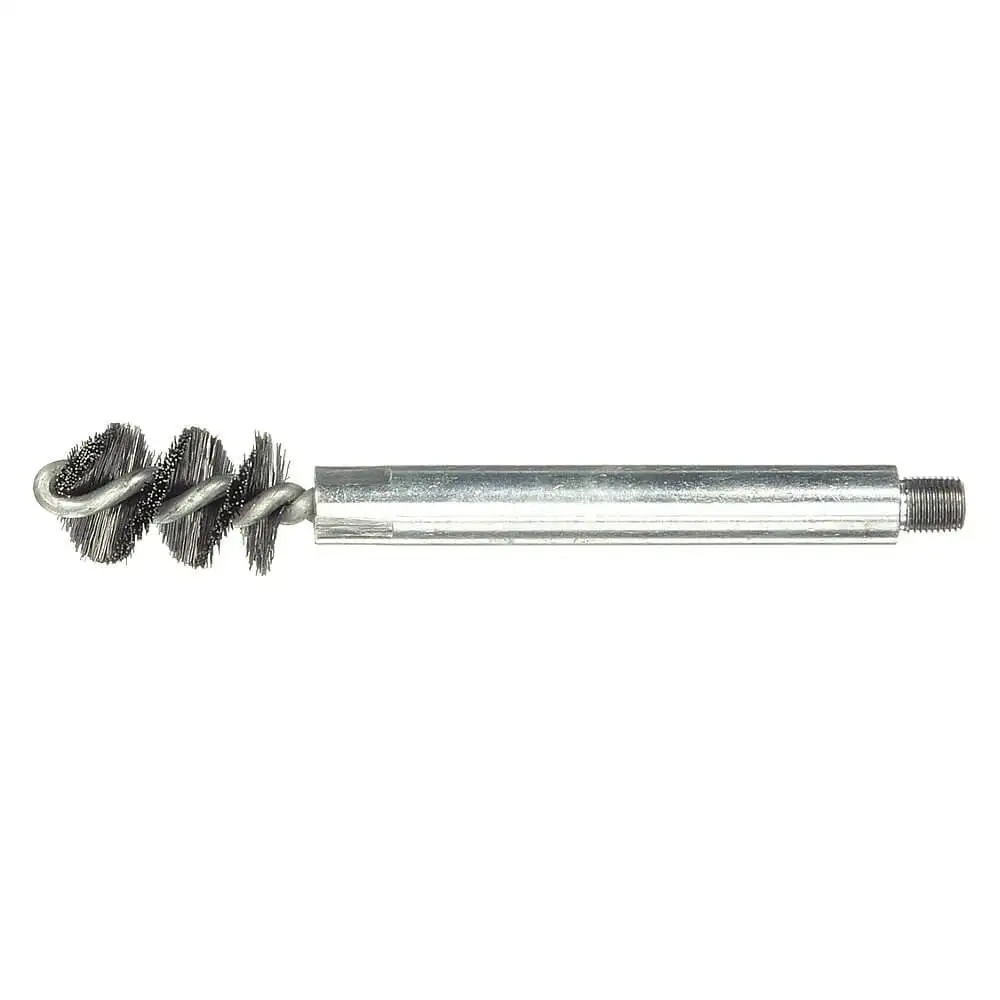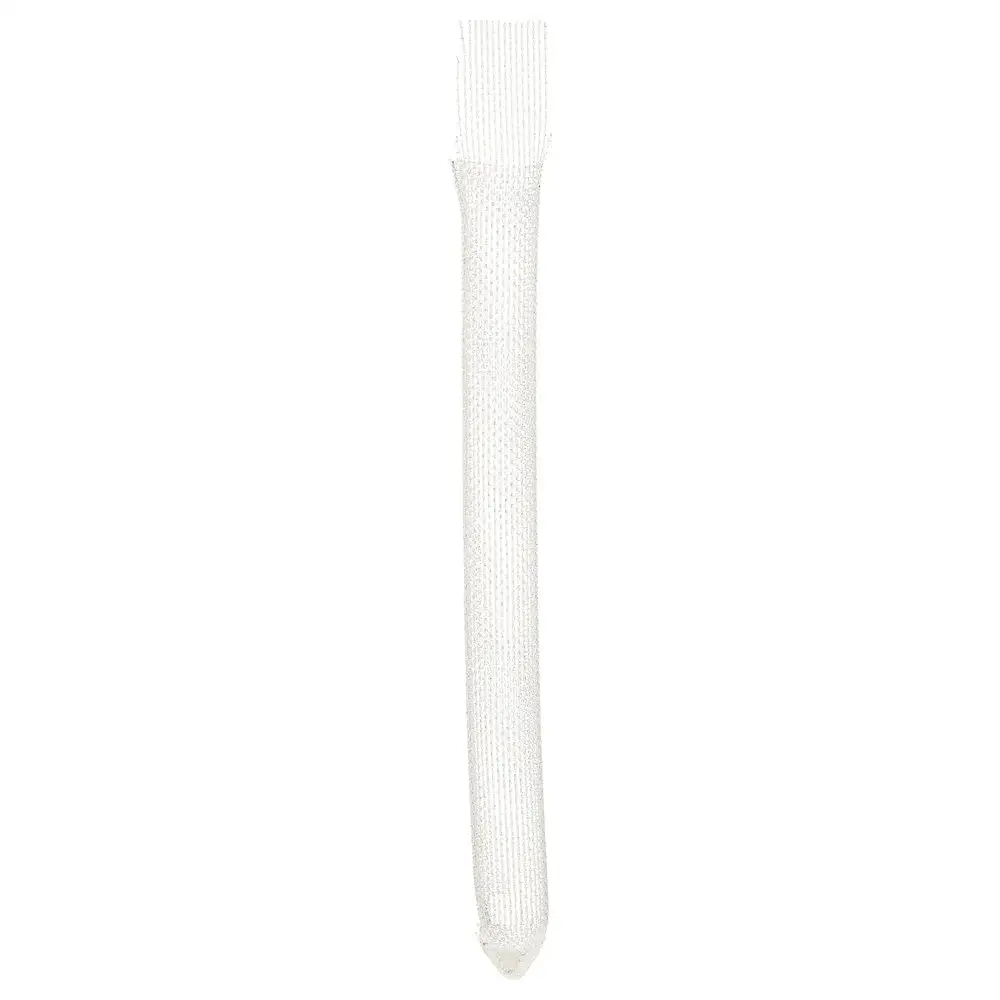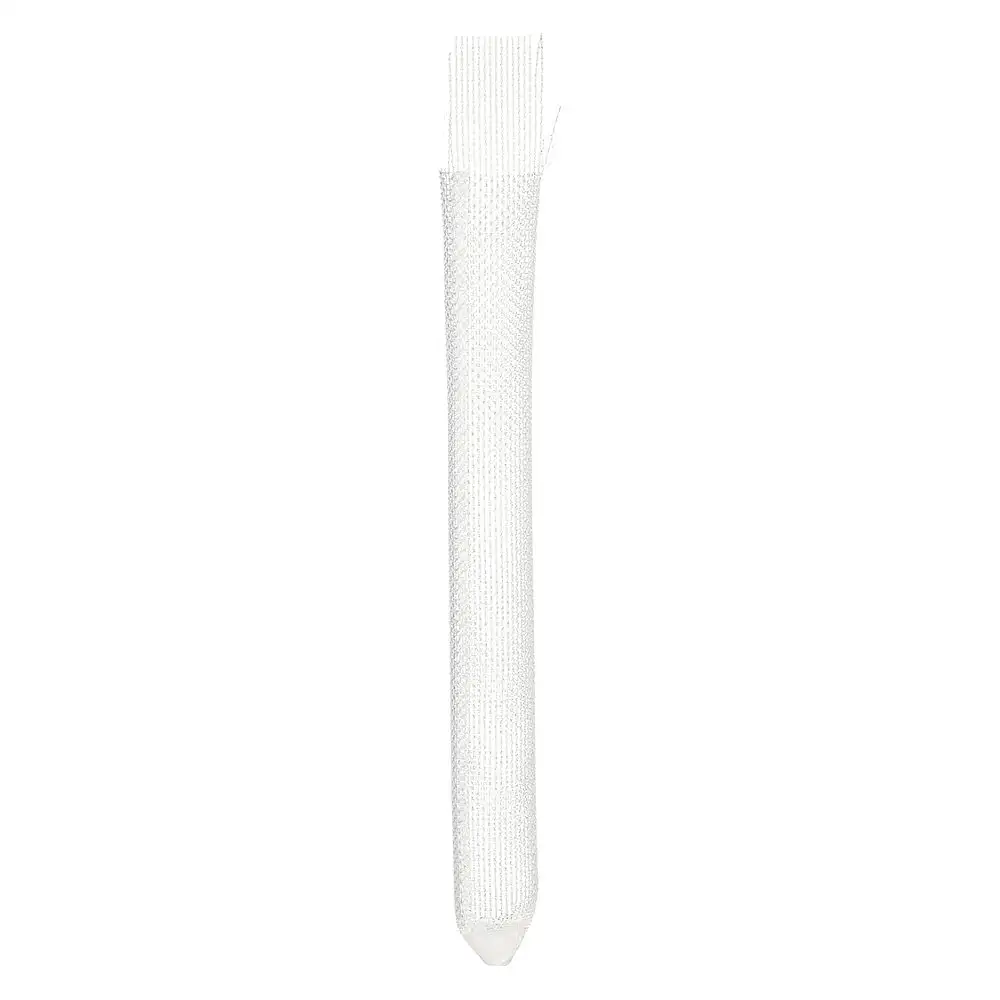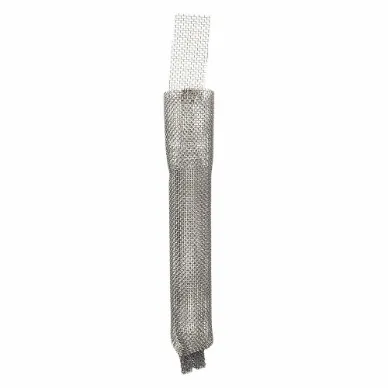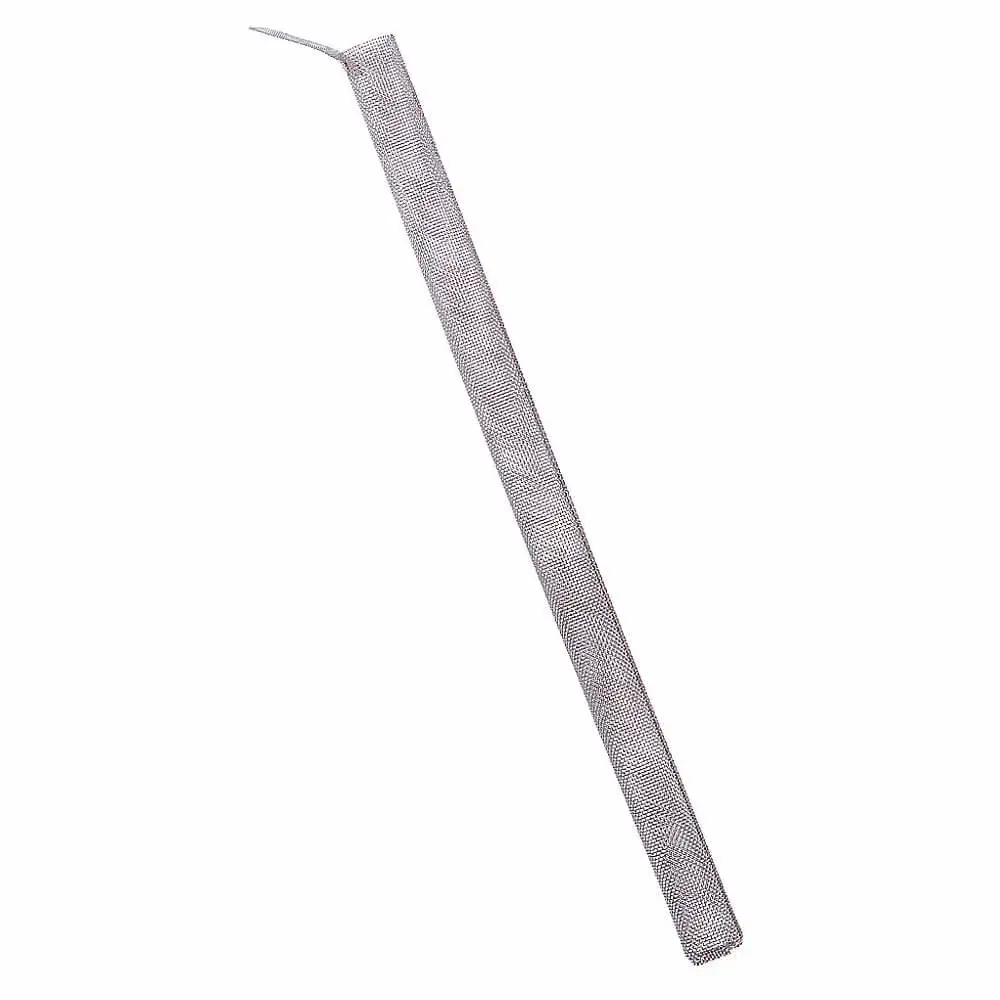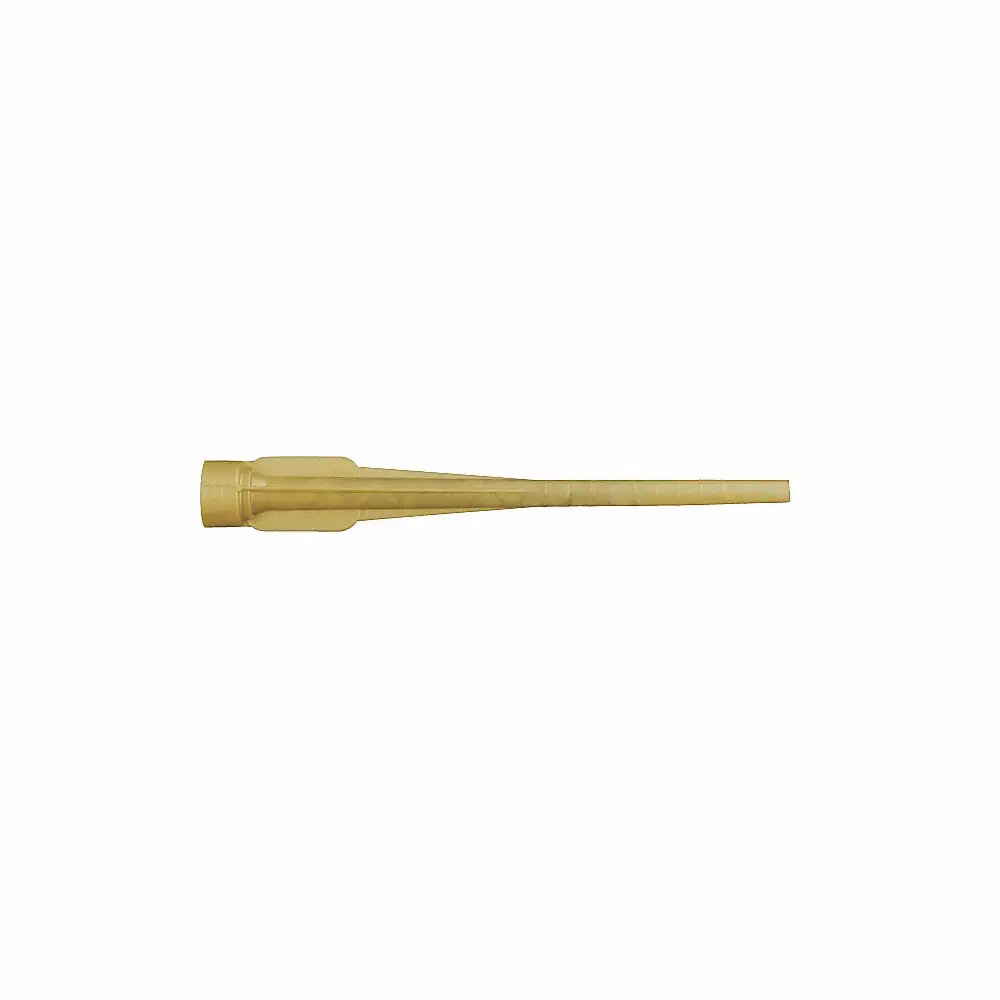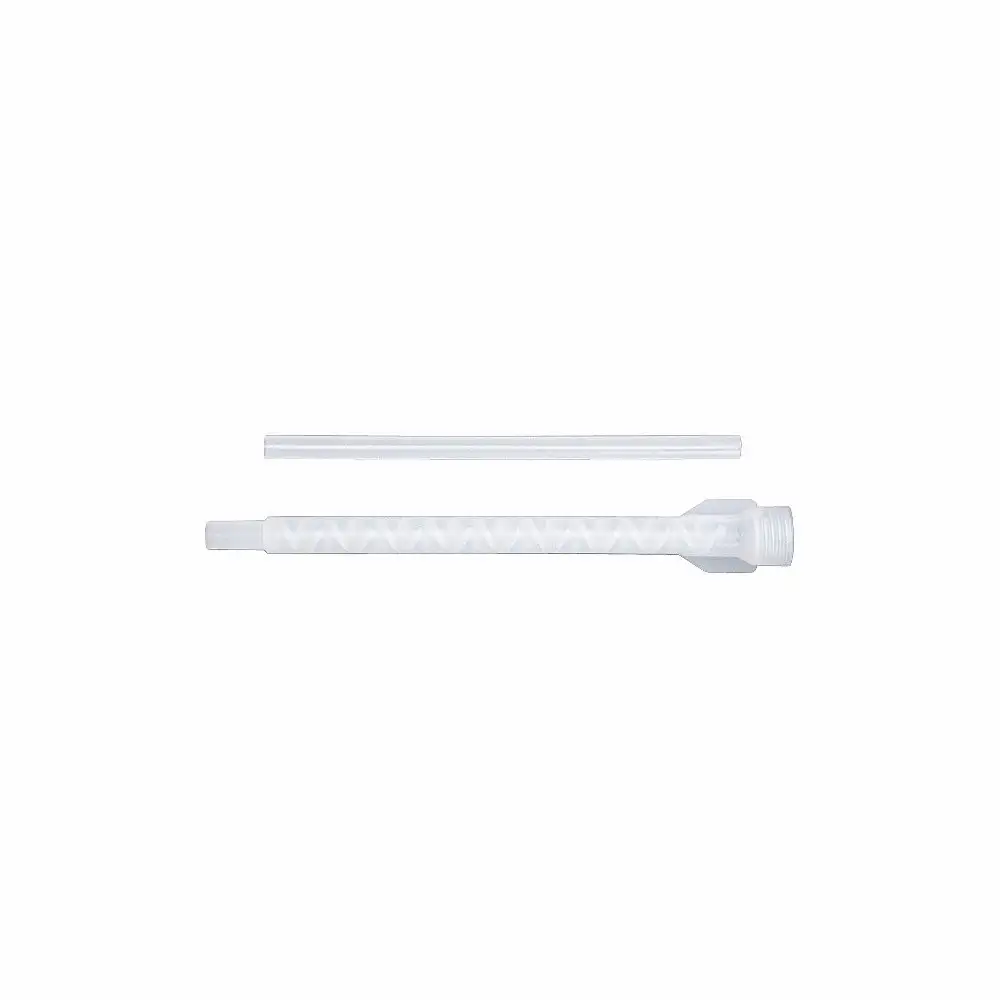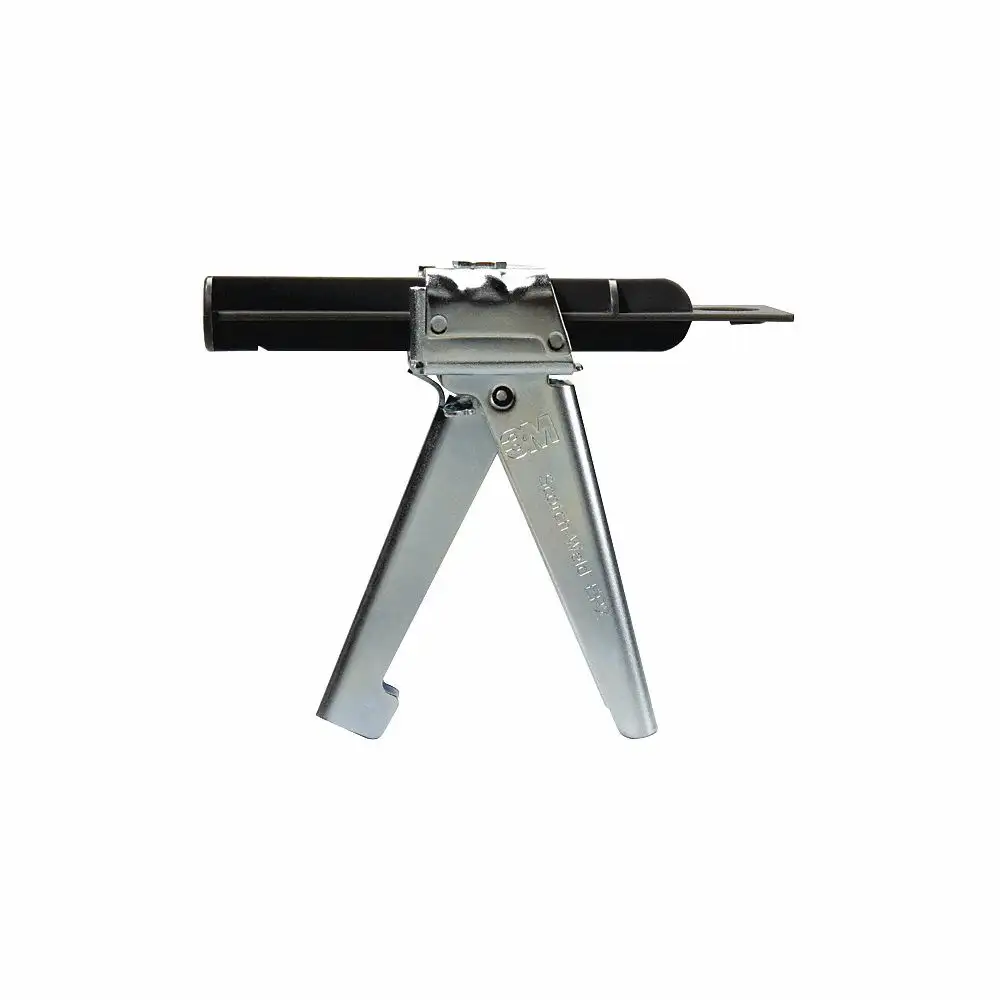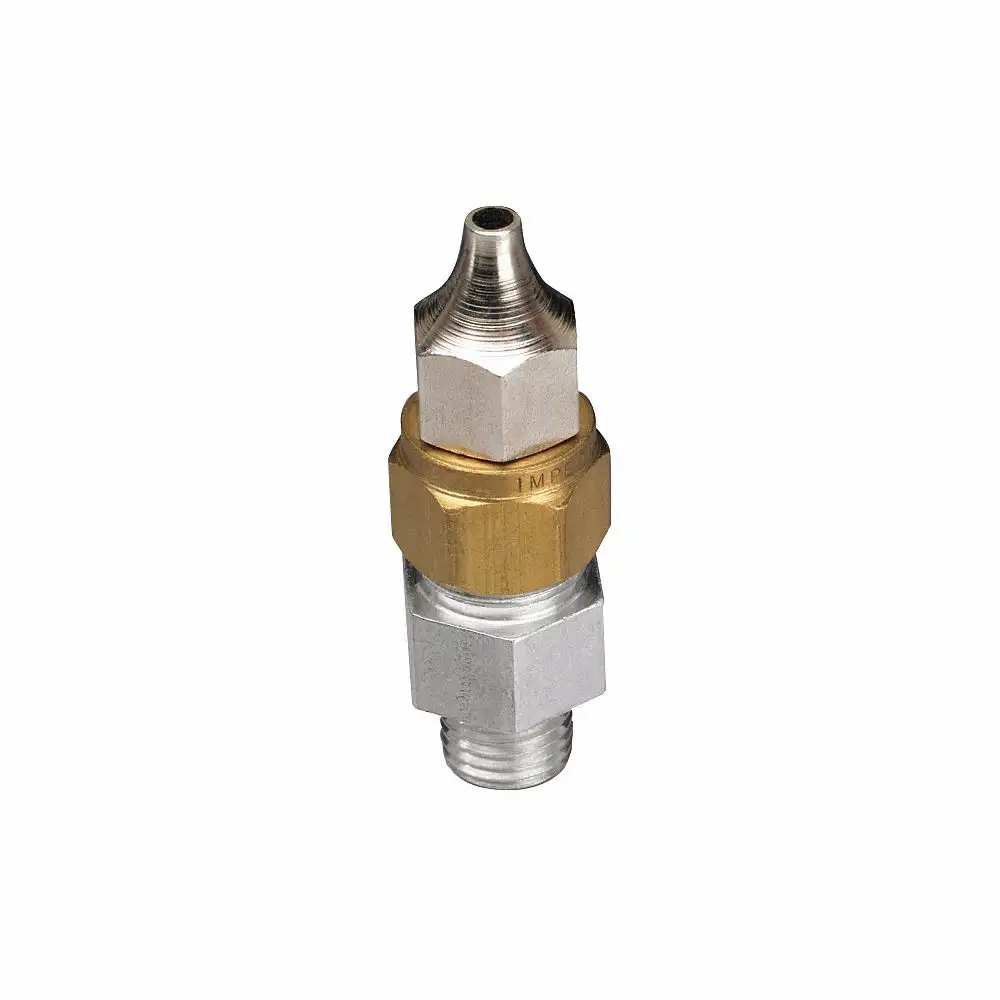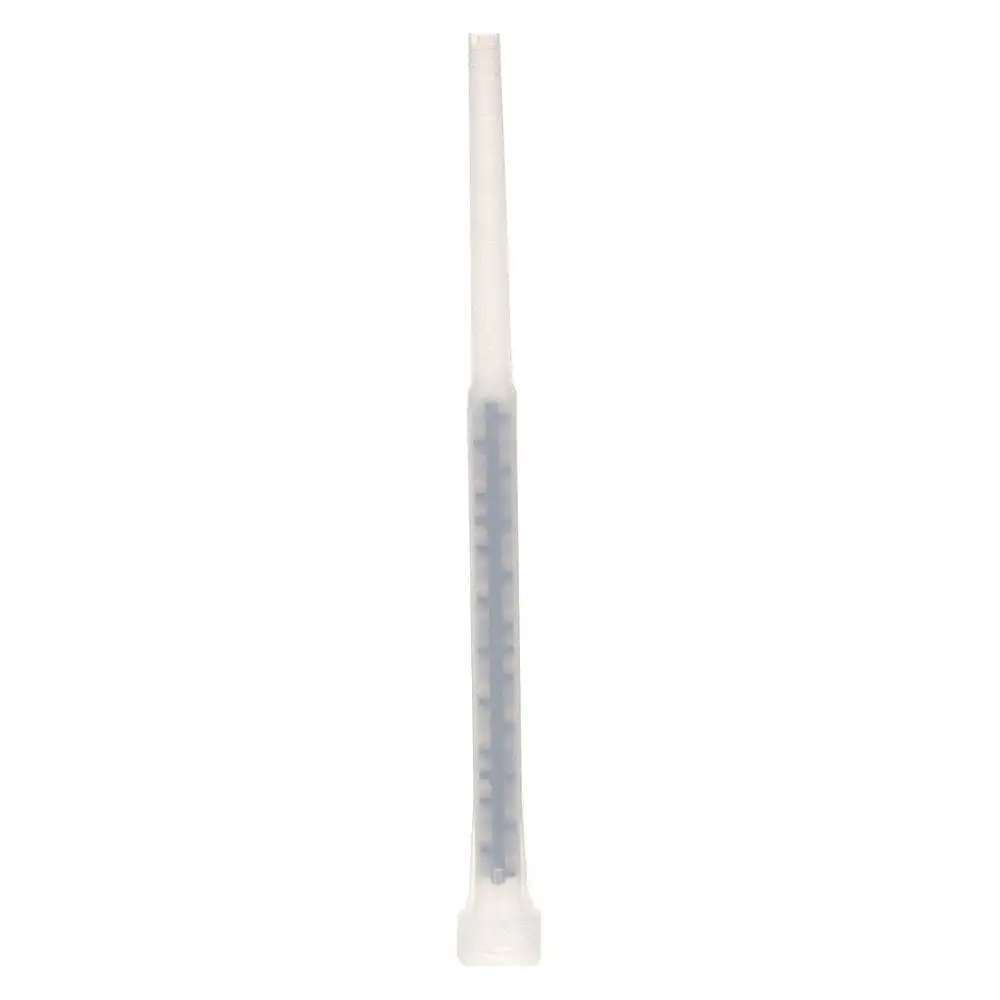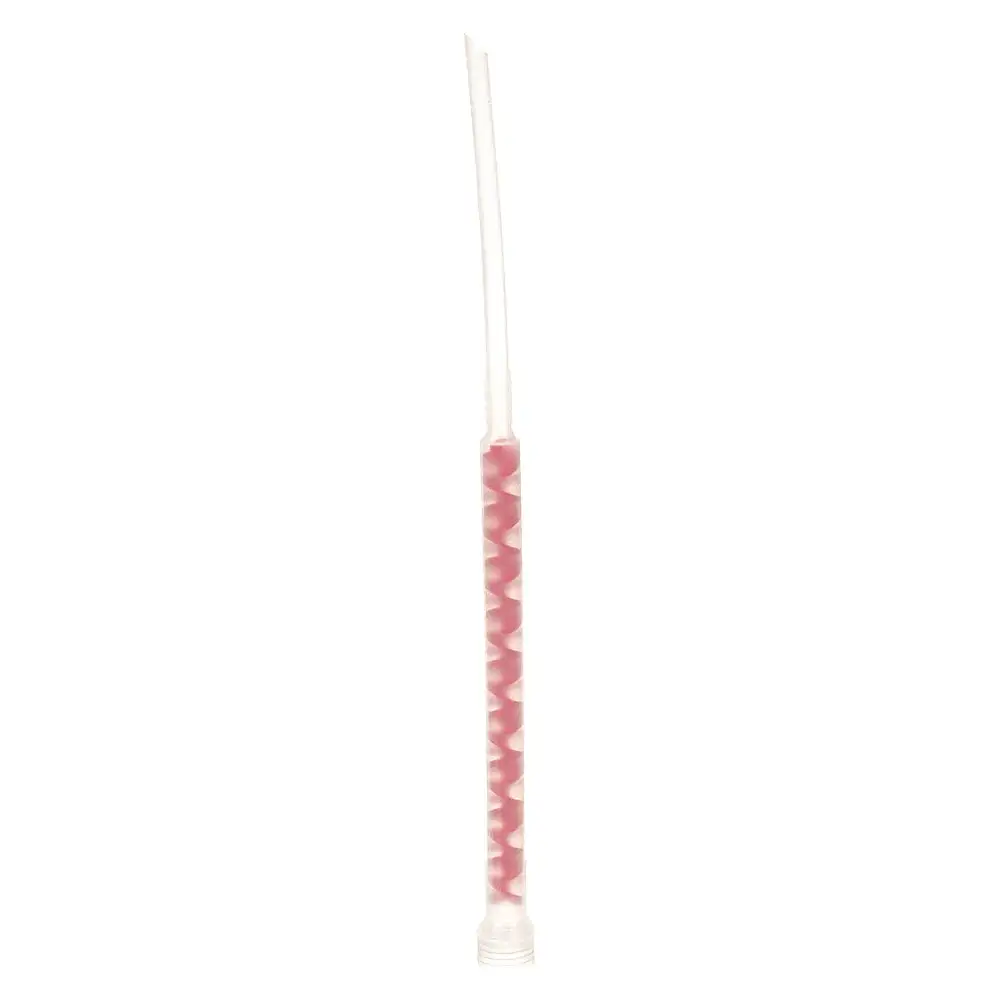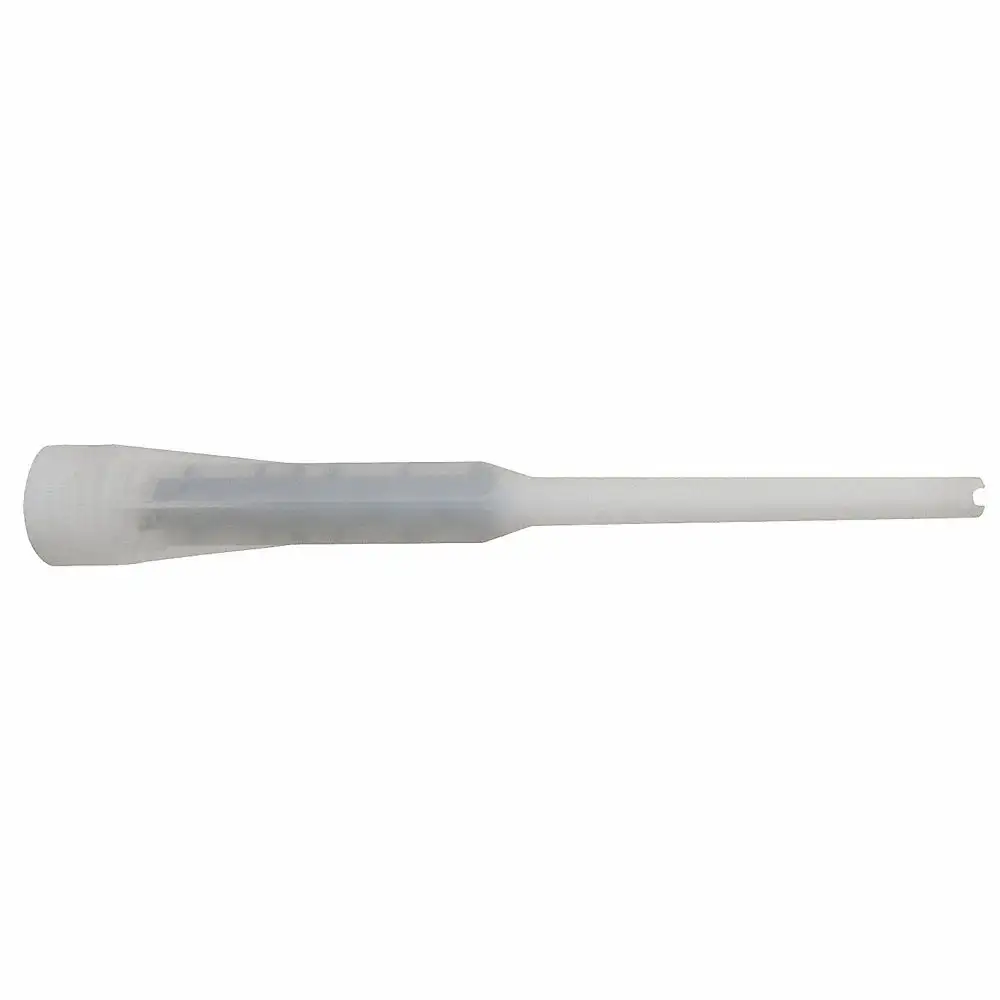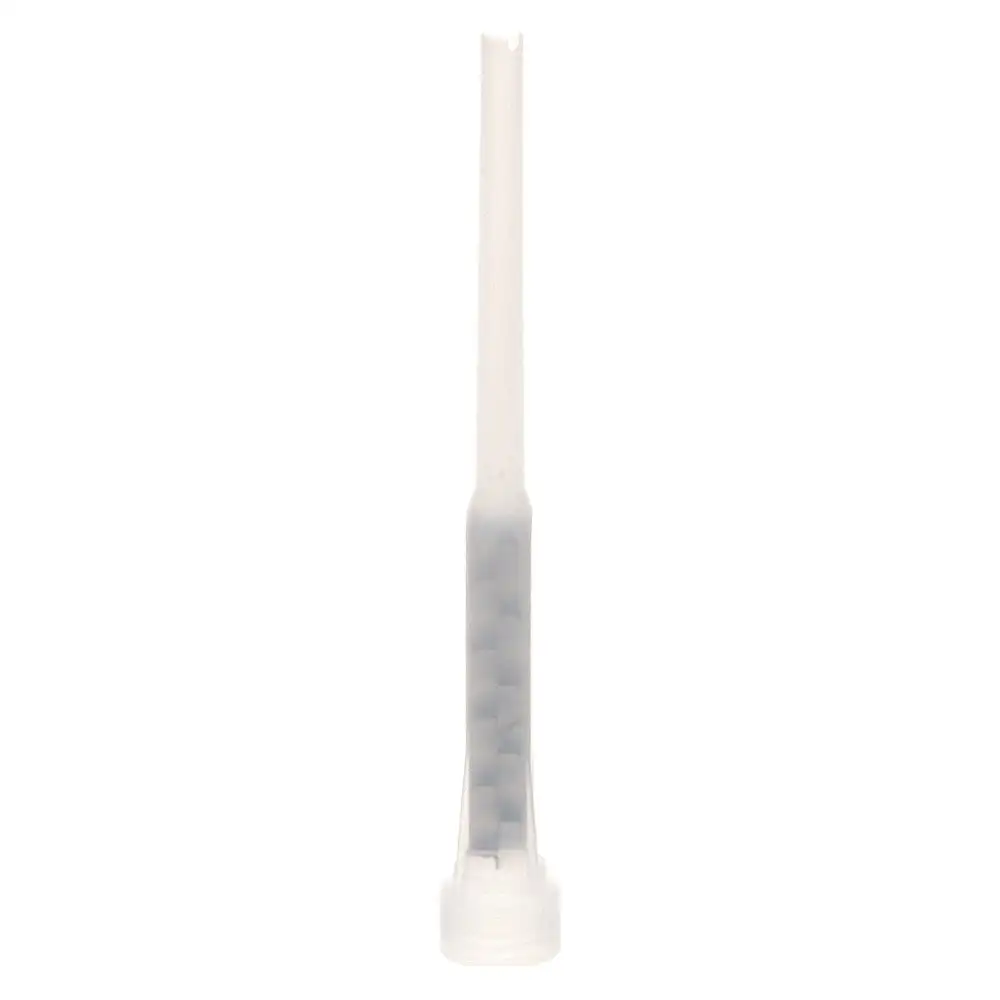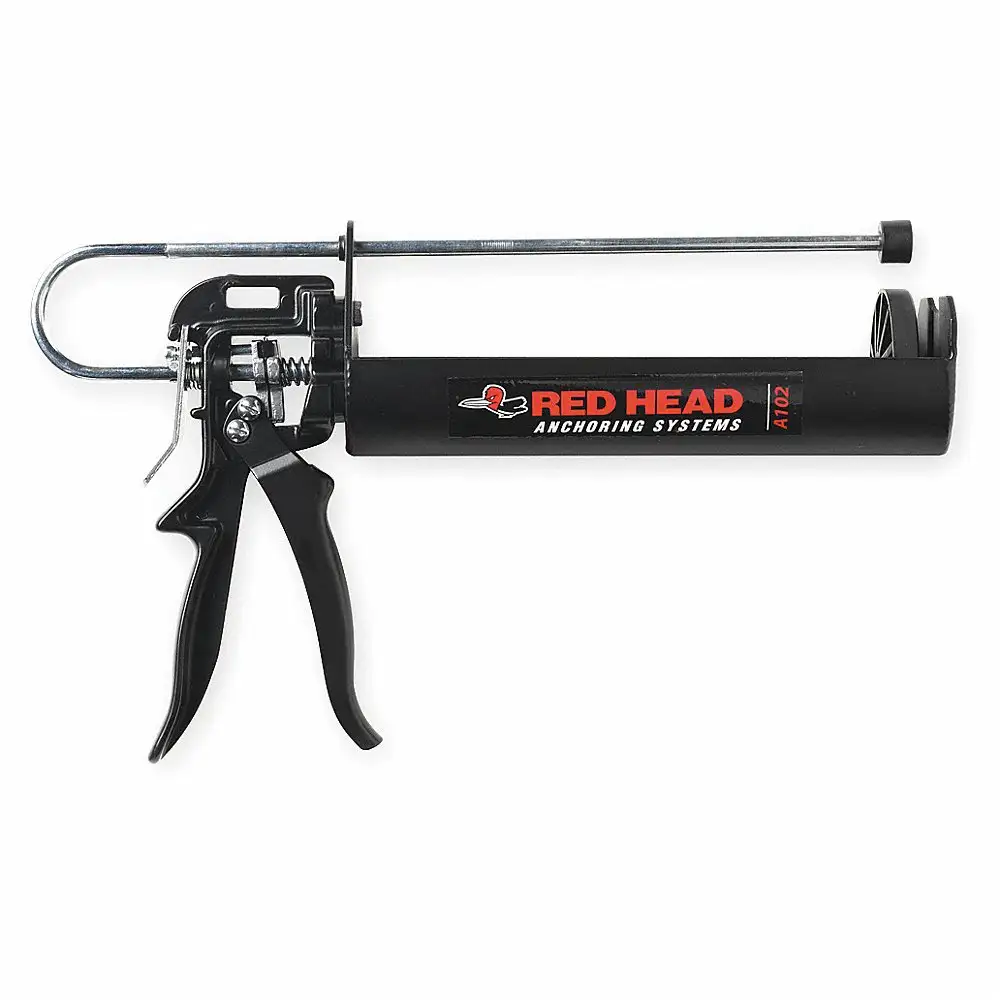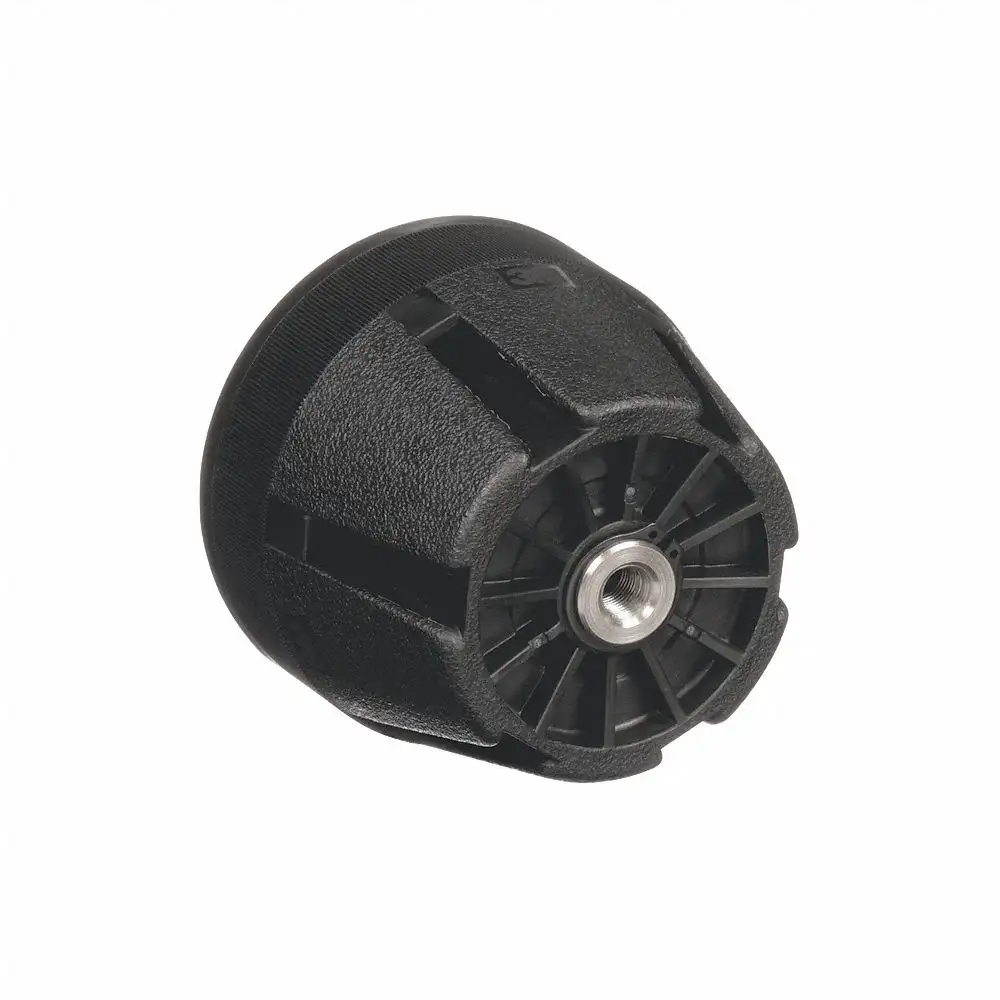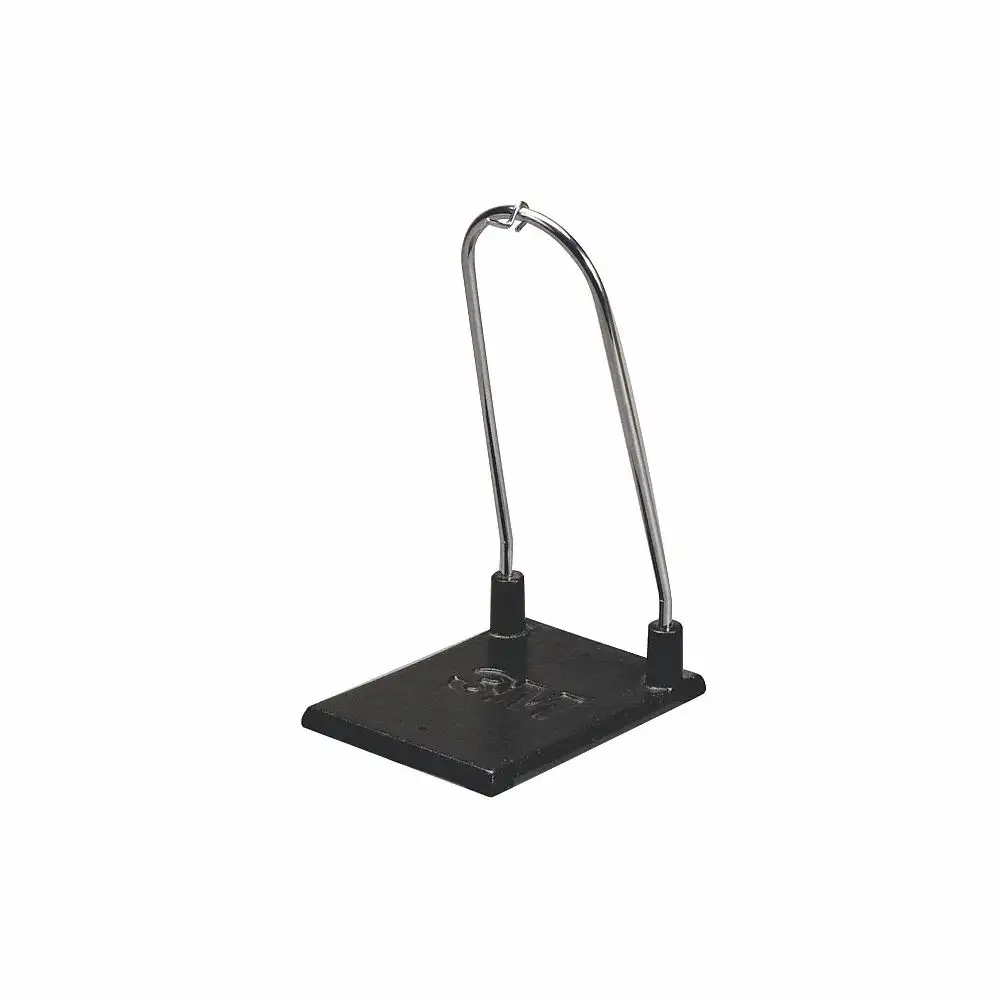Frequently Asked Questions
How does an adhesive anchor work?
Adhesive anchors use their adhesive bond strength to transfer their load placed at the anchor element to the base material like concrete. However, it should be noted that the anchor works perfectly only after the full curing of the adhesive.
What are some criteria for the secure installation of adhesive anchors?
- Moisture Condition: Water can affect the anchor element's adhesion bond to the base material when adhesives are installed into holes and cured.
- Temperature Ranges: The reaction between hardener and resin to cure the adhesive can get affected (accelerated or delayed) based on the temperature of the base material. The time required for curing the adhesive is longer at colder concrete temperatures and shorter at hotter concrete temperatures. Selected adhesive anchor models are required to be cured at a particular temperature for perfect bonding.
- Drilling And Hole Cleaning: Users need to drill a hole into concrete for installing the anchor. Depending on the drilling method or drill bit used, the hole surface may range from rough to smooth. In addition to this, the hole may be filled with concrete dust or debris generated during the drilling process. These dust particles may hamper the adhesin process of the adhesive and cause insecure bonding of the anchor element to the base material. Therefore, users need to clean these drilled holes, generally using compressed air or steel wire brushes. Selected models of drill bits do not leave any dust or debris behind during drilling whereas some anchor elements do not require any hole cleaning for transferring load.
- Environmental Conditions: Environmental conditions like the presence of corrosive gases can cause anchor element and / or a metal fixture's corrosion and affect the expected life span of the connection. Users should use stainless steel anchors or anchors made of steel with corrosion-resisting plating.
What are the different dispensing guns suitable for delivering adhesives in anchoring systems?
- Adhesives are available in different size cartridges with variable rates of mixing ratios. To dispense these adhesives, a manual or a pneumatic gun is used. Manual guns use manual power on their trigger to push out adhesives from their nozzles whereas pneumatic guns utilise air for use in large projects. Ergonomic grips & triggers on the advanced adhesive dispensation guns are ideal for saving workload & fatigue during long work hours.
- Light-duty guns are used for dispensing small amounts of adhesive in a precise & user-friendly manner.
- Medium-duty dispensing guns are used for easily mixing adhesives in variable mixing ratios.
- Heavy-duty guns use two-part cartridges for delivering adhesives precisely with the easy mix ratio changes and decreased gun stability.
How does an adhesive dispensing gun work?
Adhesive dispensing guns are compatible with various adhesive cartridges containing resin & hardening agents. They fit a mixing nozzle for completely mixing the adhesive agents in a pre-set ratio before dispensing the adhesive from the cartridge through the static mixing nozzle, directly into the anchor hole.
How does a mixing nozzle work?
Static mixing nozzles used with adhesive dispensers feature no moving parts and have just a plastic tube with a series of elements within it. When two components of the adhesive cartridge (hardener & resin) are dispensed due to pressure from the dispensing gun, they get divided & joined repeatedly inside the nozzle for creating a uniform adhesive mixture while preventing the formation of air pockets.
How to select a suitable mixing nozzle?
- Mixing Ratio: Users need to know the required ratio of the two-component adhesive (like 1:1, 2:1, 4:1 & 10:1) for suitable adhesive bonding.
- Mixing Pressure: They should also calculate the necessary pressure to force mix the components. Higher viscosity components require a higher force / pressure for mixing.
- It is important to know how much adhesive wastage is bearable for the user as some adhesives are too costly to be left behind in the nozzle. Select the appropriate type of nozzle.
What are the uses of anchor screens and tubes?
Adhesive anchor screens and tubes are used for maximum holding power of adhesive and anchor when fastened through a hollow concrete block or used in brick pinning applications. These applications generally are not able to offer a full-length hole for general adhesive anchoring. For achieving good anchoring, select a screen / tube that can fasten to both the front & back side of the block and allow full channelling of the threaded rod.
What is the difference between nylon screen tubes and stainless steel screen tubes?
- Nylon screens are cheaper and lighter in weight compared to stainless steel screen tubes. They are also easy to insert and can span across hollow voids. Nylon screen tubes provide flexibility for resisting damage due to crushing force / pressure.
- Stainless steel screen tubes, on the other hand, are corrosion resistant while providing moderate rigidity for use even in overhead and underwater installations.
How to install screen tubes to the front face of a block?
- Drill a hole up to the screen length plus diameter. Clean the hole with a brush or forced air.
- Attain a uniform mix of adhesive and dispense it using a nozzle into the screen tube to fill it completely.
- Insert the filled screen tube into the hole till it is slightly below the surface.
- Hold the screen tube's tab against the surface and insert an anchor rod inside it with slow twisting motions.
- Pull the screen tube against the surface till it is flush to block's front face and then coat the top layer with adhesive. After fully curing the adhesive connection, torque the fixture in place.
What are the differences between wire brushes & nylon brushes?
Wire brushes are generally made of steel for the strength of brush filaments during hole preparation. Nylon brushes, as the name suggests, are made of nylon and are comparatively softer.
What are the types of nylon filaments in nylon brushes?
- Nylon 6: They have good hardness, stiffness, toughness, insulation and dampening properties. They also maintain their lustrous appearance & finish for a longer time.
- Nylon 6.6 or 66: They are used in dry industrial applications due to their higher resistance to heat and abrasion than Nylon 6.
- Nylon 610: They have the lowest moisture absorption out of other nylon variants. Nylon 610 can maintain its toughness and resistance to cleaners, solvents and diluted mineral acids even when exposed to low temperatures.
- Nylon 612: They are suited for use in food processing & medical applications due to their high resistance to water absorption, petroleum products and other chemicals.
- Nylon 11: Compared to other variants, Nylon 11 has low water absorption, UV resistance & heat resistance and exceptional strength even at temperatures below freezing.
- Nylon 12: Similar to Nylon 11 with excellent resistance to abrasion & UV rays. Nylon 12 offers the lowest water absorption out of all the nylon filaments, excellent resistance to chemicals and noise & vibration damping properties.
What are the uses of nylon brushes in adhesive anchor installations?
- Abrasion: An abrasive nylon brush features abrasive grains for deburring, finishing and surface preparation applications for better bonding by abrasives.
- Cleaning: Their highly rugged nylon filaments are suitable for cleaning hard to reach spaces and other rough & uneven surfaces.
- Static Eliminator: The conductive properties of nylon brushes allow removal of static electricity held by dust or powder inside the drilled holes. These brushes are ideal for handling powders & hazards in dusty environments.

